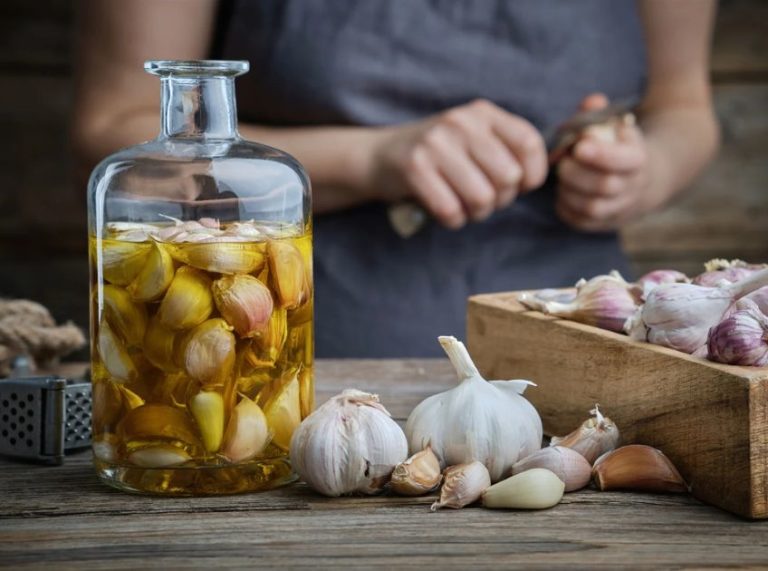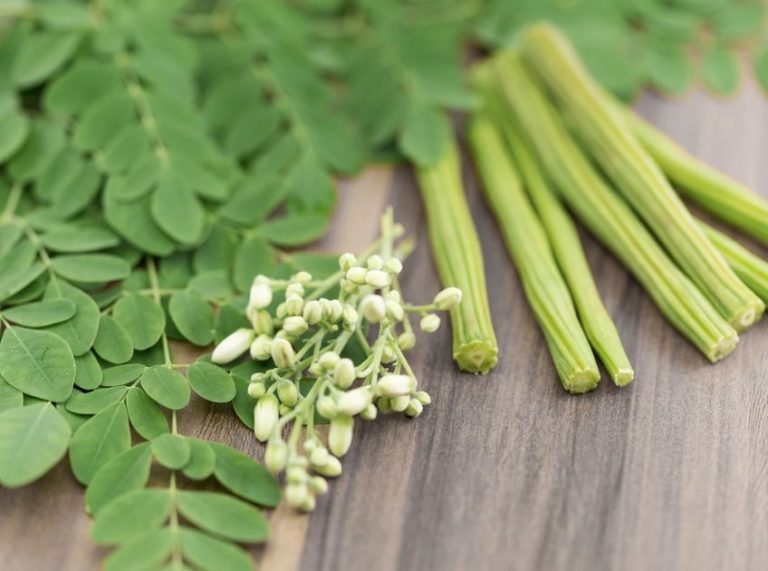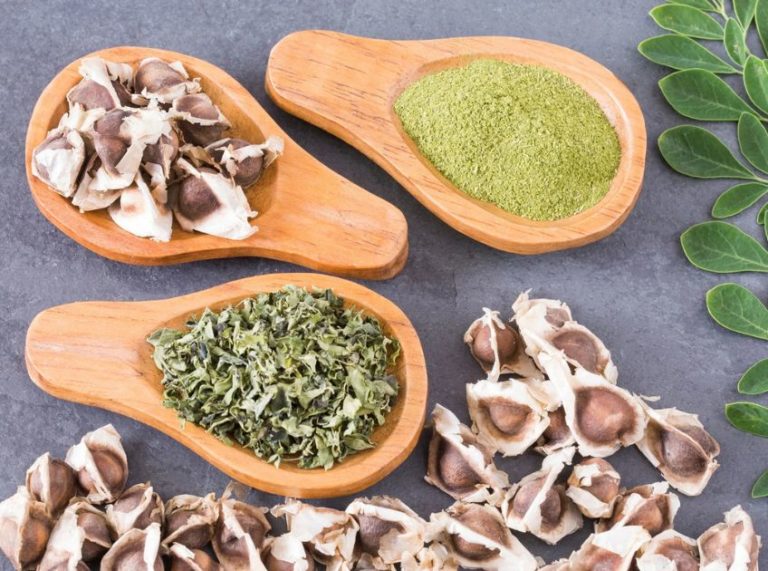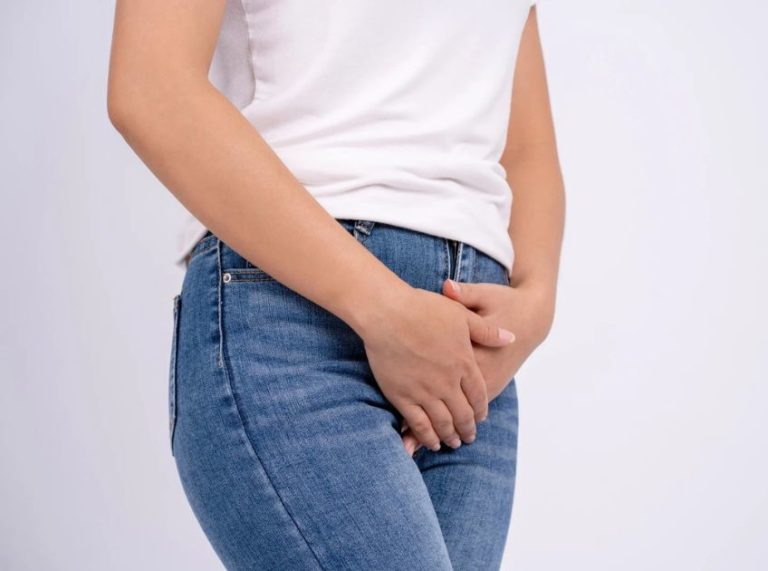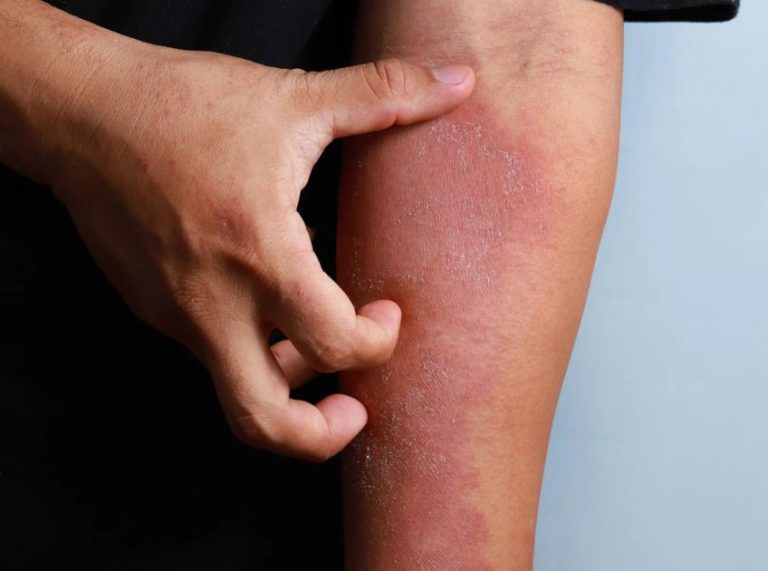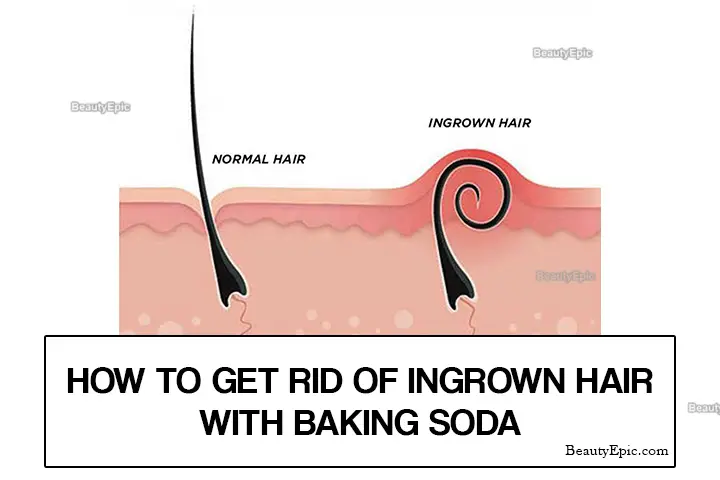
Important: This article is for informational purposes only. Please read our full disclaimer for more details.
Ingrown hairs are hairs that have grown back into the skin instead of rising from it. Ingrown hair(1) occurs when dead skin clogs the hair follicle forcing the growing hair to grow sideways. An ingrown hair produces a raised red bump that is similar to a pimple. Ingrown hair can sometimes form an itchy and painful boil-like sore. An ingrown hair often disappears on its own but, if you have a stubborn ingrown hair that is itchy and painful, you can try exfoliating to remove the skin covering it and then use a pair of sterile tweezers to pull the hair loose.(2)
Is Baking Soda Good for Ingrown Hairs?

- Exfoliating your skin before waxing and shaving can help avoid ingrown hairs.
- Plucking the ingrown hair with your nails can cause infections. Ingrown hair heals by itself, but it can sometimes be infected leaving behind a dark scar especially if you have been trying to pick it.
- Baking soda is the most effective product in getting rid of ingrown hairs. It exfoliates the skin to expose the ingrown hair and alleviate the discomfort caused due to itching.
- Baking soda has anti-inflammatory properties that reduce redness of the bump and provide a soothing effect.
- The anti fungal properties in baking soda prevent infections that may be caused by pus formed around the ingrown hair.(3)
How to Use Baking Soda for Ingrown Hair
Baking soda paste is applied on the affected skin and allowed to stay for some minutes before washing it off. Apply the baking soda paste twice in a day. After rinsing off the paste make sure to apply moisturizers to prevent the skin from drying.
1. Apple Cider Vinegar and Baking Soda for Ingrown Hair

Ingredients:
- Baking soda
- Organic apple cider vinegar
- Raw honey
How to do:
- Mix 1 teaspoon of baking soda, one teaspoon of organic apple cider vinegar and two teaspoons of raw honey(4).
- Apply the paste on the infected area and leave it to mask for about 10 to 15 minutes and then rinse it off with warm water.
How it works: When baking soda exfoliates the skin, apple cider vinegar shrinks the pores.
Repetitions: For better results, apply the paste twice in a day.
[ Read: How to Use Tea Tree oil for Ingrown Hair ]
2. Coconut Oil and Baking Soda for Ingrown Hair
Ingredients:
- Baking soda
- Coconut oil
How to do:
- Mix 2 teaspoon of coconut oil with one teaspoon of baking soda and stir until you get a paste.
- Apply the paste on the infected area and leave it to mask for about 5 minutes and then wash it off with warm water.(5)
How it works: A combination of baking soda with coconut oil not only exfoliates the skin but also heals infections.
Tip: Apply moisturizer to the treated area to prevent the skin from drying.
Repetitions: For fast results, apply the paste twice in a day.
[ Read: Baking Soda for Hair Removal ]
3. Tea Tree Oil and Baking Soda for Ingrown Hair
Ingredients:
- Baking soda
- Tea tree oil
How to do:
- Mix one teaspoon of baking soda with two teaspoons of Tea tree oil in a bowl and stir until you get a paste.
- Apply the paste on the infected area and leave it to mask for about 5 to 10 minutes and then wash it with warm water.
- Apply moisturizers after rinsing the skin to prevent the skin from drying.(6)
How it works: A combination of tea tree oil and baking soda help exfoliate the skin and heal the infected tissues.
Repetitions: For fast results, apply the paste twice in a day.
[ Read: Turmeric for Facial Hair Removal ]
4. Baking Soda and Peroxide for Ingrown Hair
Ingredients:
- Baking soda
- Hydrogen peroxide
How to do:
- Mix one teaspoon of hydrogen peroxide with one teaspoon of baking soda in a bowl. Stir until you have a uniform paste.
- Apply the paste on the infected area and leave it to mask for 5 minutes before washing it with warm water.
- Apply moisturizers to prevent the skin from drying.
How it works: A combination of hydrogen peroxide and baking soda not only exfoliates the skin but also eliminates bacteria’s allowing the tissues to heal quickly.
Repetitions: For better results, apply the paste twice in a day.
[ Read: Dry Brushing Benefits for Skin ]
5. Baking Soda and Water for Ingrown Hair
Ingredients:
- Baking soda
- Water
How to do:
- Mix one teaspoon of baking soda with enough water to form a thin paste.
- Apply the paste on the infected area and leave it for about 5 minutes before washing it off.
- Apply moisturizers to prevent the skin from drying. Applying this paste helps remove the dead skin clogged in the hair follicle to expose the hair.
Using baking soda to exfoliate the skin on the area affected with ingrown hair triggers natural healing of the red bumps without leaving black scars behind. Always remember to moisturize your skin after exfoliation to prevent the skin from drying.(7)
Best Ingrown Hair Treatments
| 1 | Best Overall Fur Ingrown Concentrate – Buy on Amazon |
| 2 | Best Budget GiGi No Bump Solution – Buy on Amazon |
| 3 | Best Drugstore Gillette Venus Skin Smoothing Exfoliant – Buy on Amazon |
| 4 | Best Splurge Dr. Dennis Gross Skincare Alpha Beta Exfoliating Body Treatment – Buy on Amazon |
| 5 | Best Post-Shave Jack Black Bump Fix Razor Bump & Ingrown Hair Solution – Buy on Amazon |
| 6 | Best for Razor Bumps Tend Skin Tend Skin Solution – Buy on Amazon |
| 7 | Best for Bikini Completely Bare Bikini Bump Blaster Ingrown Hair & Bikini Bump Eliminator – Buy on Amazon |
| 8 | Best Spot Treatment Alleyoop Spot Me All-In-One Blemish Treatment – Buy on Amazon |
| 9 | Best Scrub Nubian Heritage Patchouli & Buriti Infused Shea Butter – Buy on Amazon |
| 10 | Best Tweezers Tweezerman G.E.A.R. Ingrown Hair Splinter-Tweeze Stainless Steel Tweezer – Buy on Amazon |
You Might Also Like:
- Top 10 Natural Remedies For Keloids
- How to Use Tea Tree Oil for Keloids?
- 7 Best Essential Oils For Keratosis Pilaris
- How To Use Coconut Oil for Keratosis Pilaris?
- The 7 Best Home Remedies for Pigmentation
- 14 Surprising Beauty Benefits of Baking Soda You Must Know!
- Baking Soda Bath: Benefits and How to Do?
- Top 11 Homemade Baking Soda Face Mask Recipes and Benefits
- Homemade Baking Soda Facial Scrub Recipes for Gorgeous Face & Skin
- How to Use Baking Soda for Bad Breath?
- How to Use Baking Soda for Constipation Relief?
- How to Remove Dandruff With Baking Soda?
- Baking Soda for Razor Bumps – Benefits, Uses and Precautions
- How to Use Baking Soda for Stretch Marks?
- How to Whiten Teeth with Baking Soda
- How to Remove Stretch Marks with Baking Soda
- How to Cure an Upset Stomach with Baking Soda?




